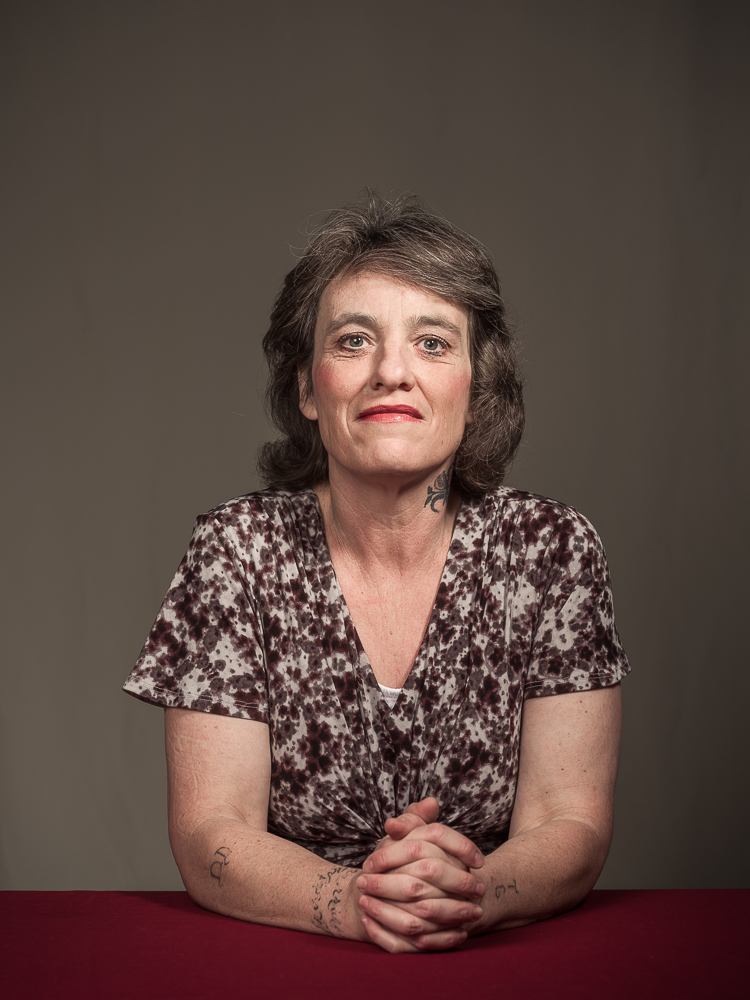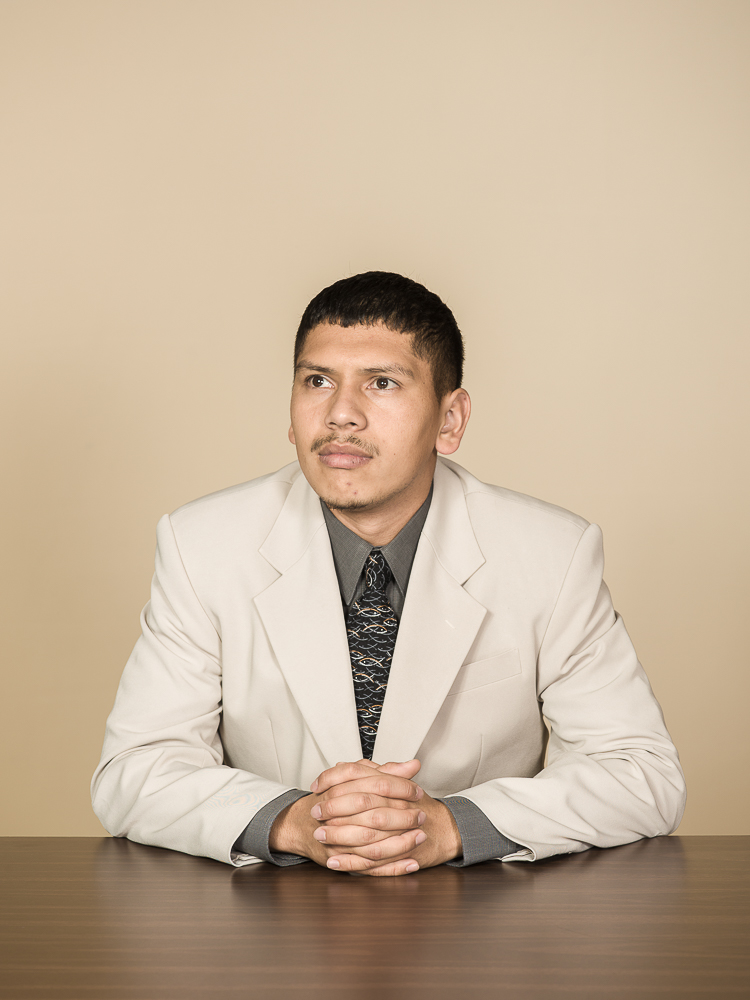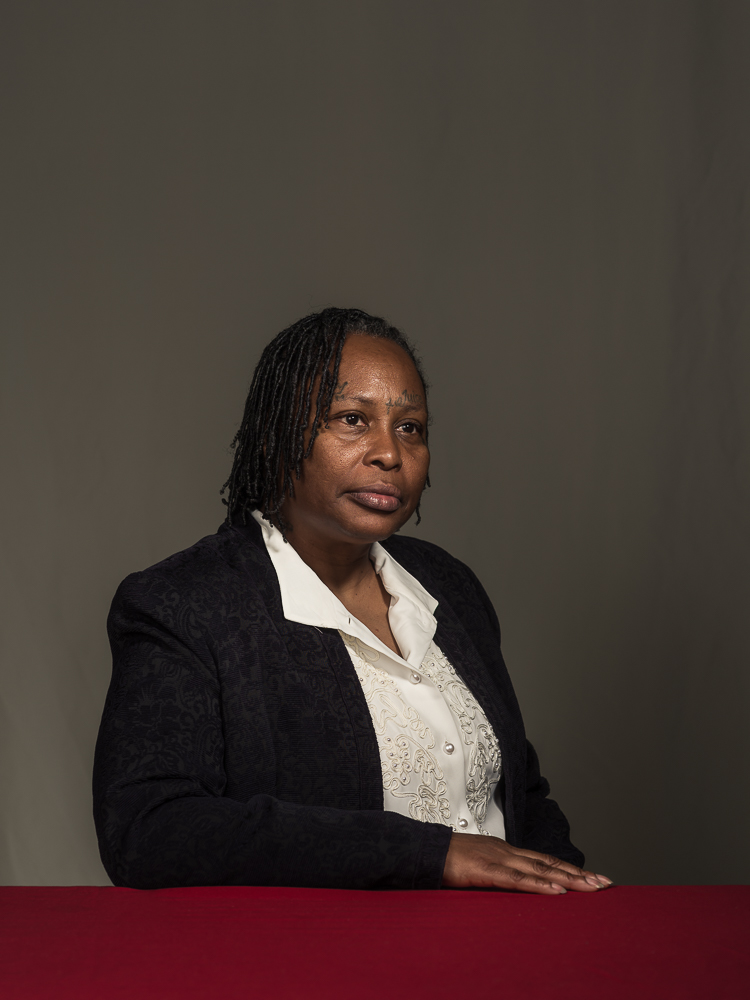


1.Which of the artists many technical choices are of interest to you and why?
I am interested in Davis' choice to photograph his subjects with their hands on a table. Despite it being a very small gesture, I believe it has much significance given the context of the work. The subjects appear confident and at ease in a professional environment perhaps, a job interview. I also believe the gesture hints that the subject is willing to meet whoever is at the end of the table halfway. It's a very open, positive and friendly posture.
2. What do you believe are the artists conceptual and/or thematic intentions?
The Davis' conceptual intent was to humanize inmates as they prepare for release, mostly for the benefit of the subjects themselves. In allowing the inmates to take on a new, civilian identity through clothes, posture and context Davis gives the inmates a concrete goal to strive for upon release. He is literally helping people visualize who they could be instead of who they are. He is encouraging people to see and realize their own potential. Davis also intends to humanize the inmates for the sake of the viewer, so that the viewer can empathize with the inmates' perspectives and experiences.
3. How do you personally respond to these choices and intents?
For whatever reason, I am not too emotionally moved by these pieces. The explanation of the work I found very interesting, so I am wondering why I do not find the images themselves too compelling. In his forward thinking, Davis presents the inmates only as civilians; the viewer never gets to see the dramatic change from prisoner to free civilian. I believe the contrast of before and after photos of the inmates would be more emotionally compelling for the viewer, but I understand why Davis made that choice. He made these photos more for the inmates to focus more on the person they can become rather than the person they used to be.
No comments:
Post a Comment